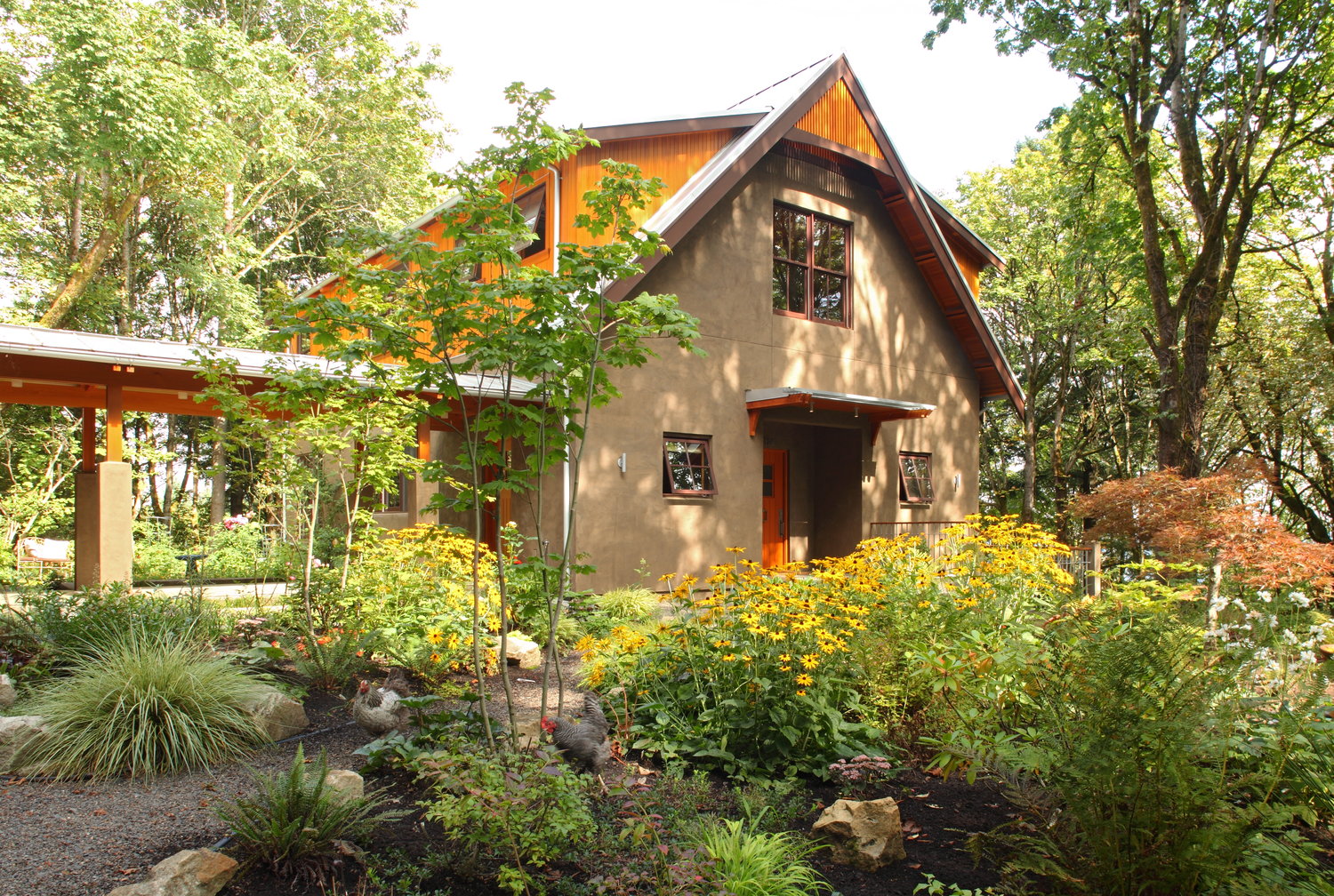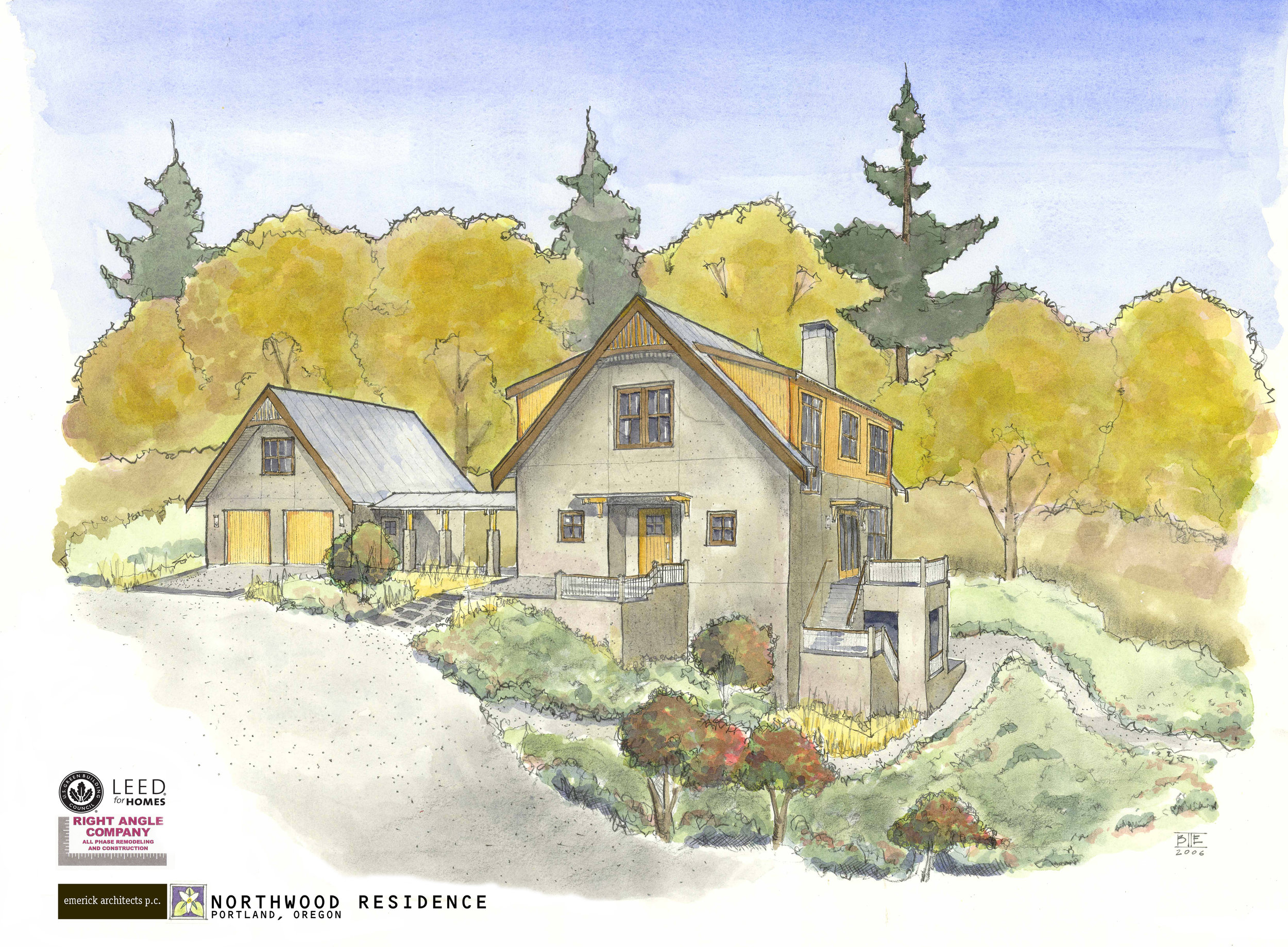
NORTHWOOD RESIDENCE
Project: Two architects looking to create a retreat for their family from busy urban life, giving a chance to daily reconnect with the rugged natural beauty of the forest.
Inspiration: Building a home that speaks deeply about its place and time and to endure for generations to come.
Location: A one acre parcel situated 750′ above the west bank of the Willamette River and located minutes from downtown Portland, Oregon. The property is embedded in 300 acres of Terwilliger Parkway, a primal Pacific NW rainforest preserved by the Olmsted Brothers’ ‘City Beautiful’ vision in the early 20th Century.
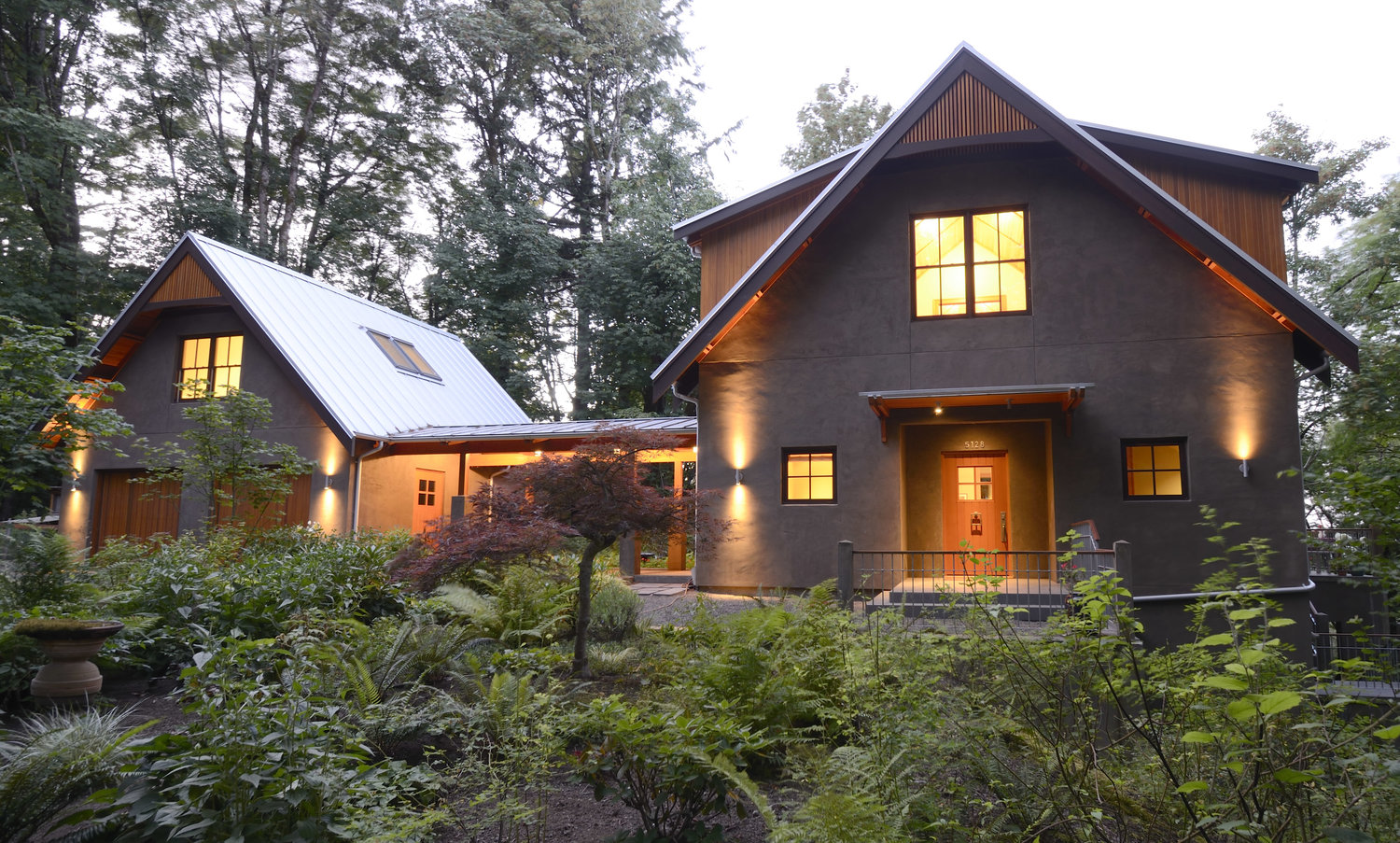
Given the rare beauty and close-in location of the property, the site is among the most significant elements of the project. Creating opportunities for indoor/outdoor living in the mild climate of Portland and forging strong connections to the forest were central ideas.
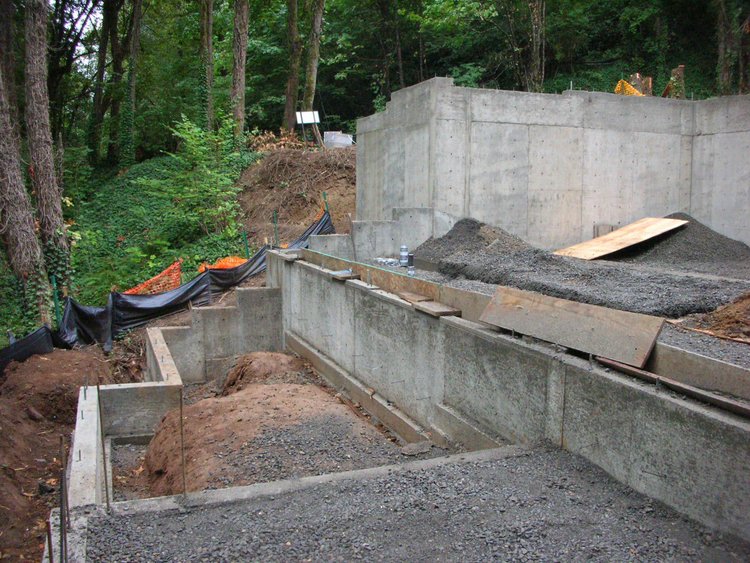
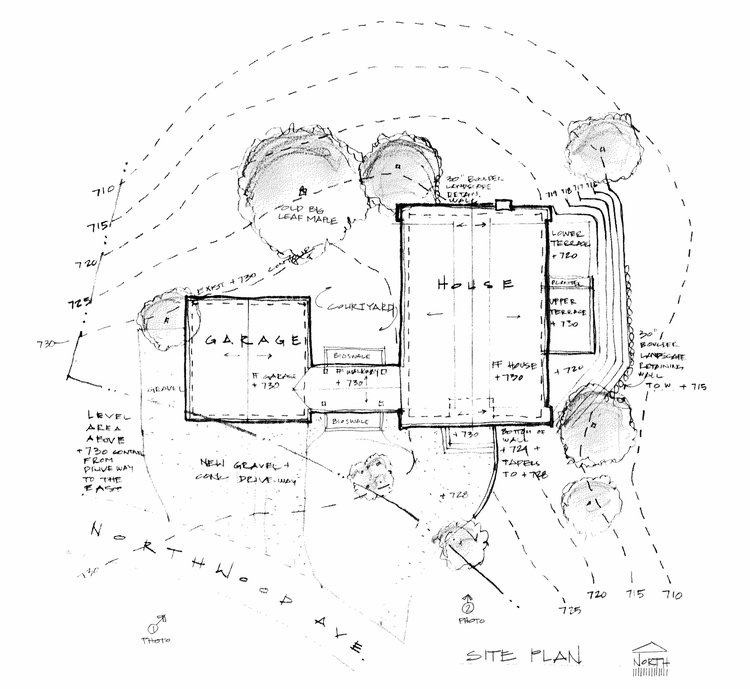
Minimizing tree removal, working with the existing slope and creating a strong, clear primary façade were challenges to be solved by the architecture.
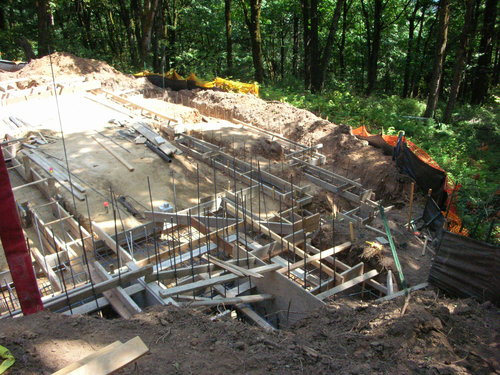
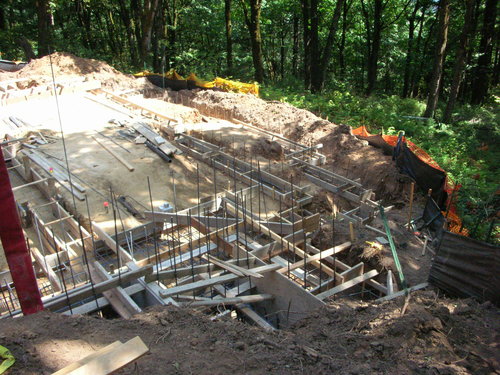
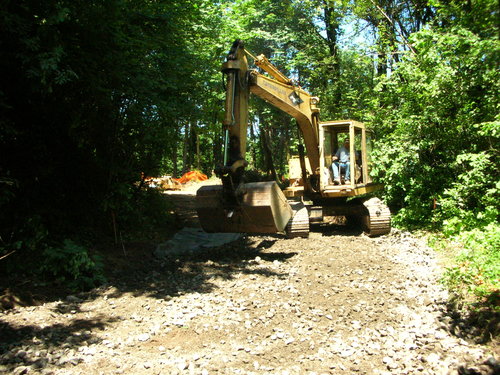
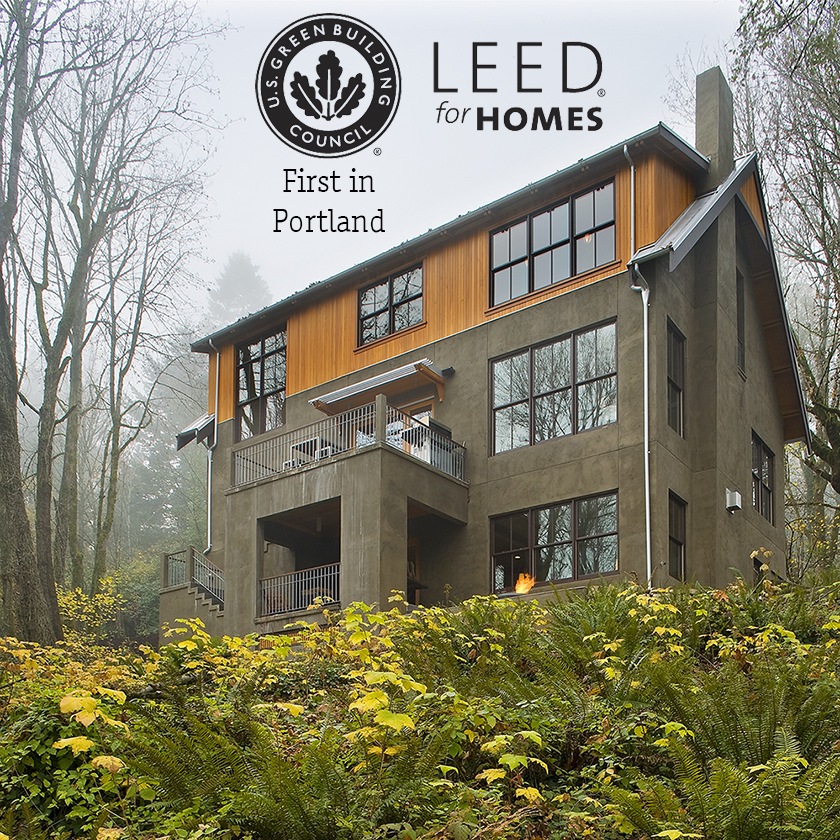
Creating a beautiful home that would endure, become an integral part of the forest and minimize developmental and environmental footprints were goals central to the project. Participating in the Pilot Program, this project took advantage of the latest Green-Build technology. Equally important, independent experts Earth Advantage Inc, tested and inspected the home throughout the process to maintain accountability. The project is certified LEED Gold, and the first residence in Portland to receive this status.
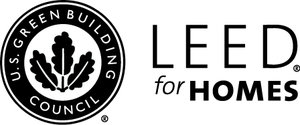
Having the home grow from its surroundings drove simplicity of form and focus on detail and proportion. A compound is created by the primal lodge-like elements of the home and garage joined by a covered walkway. Anchoring the courtyard created between these masses is a centuries old Oregon Big Leaf Maple Tree. Situating these main structures on a level bench of land allowed for on grade parking and access, while the slope break across the width of the house provided for a stepping down structure with spectacular light and view opportunities into the most private parts of the property.
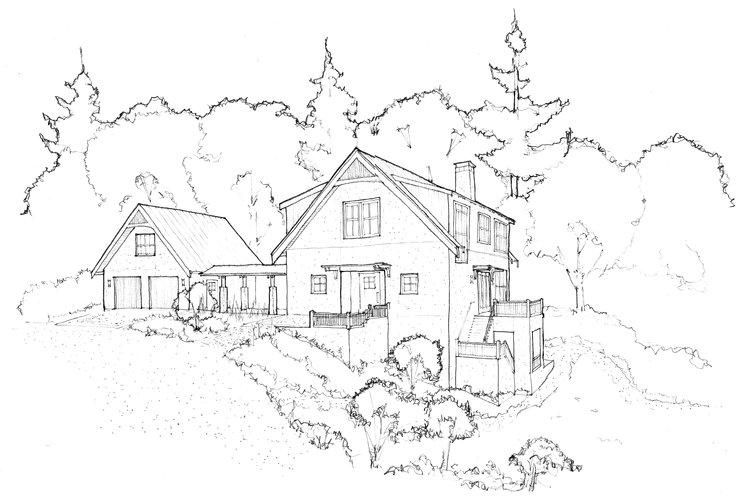
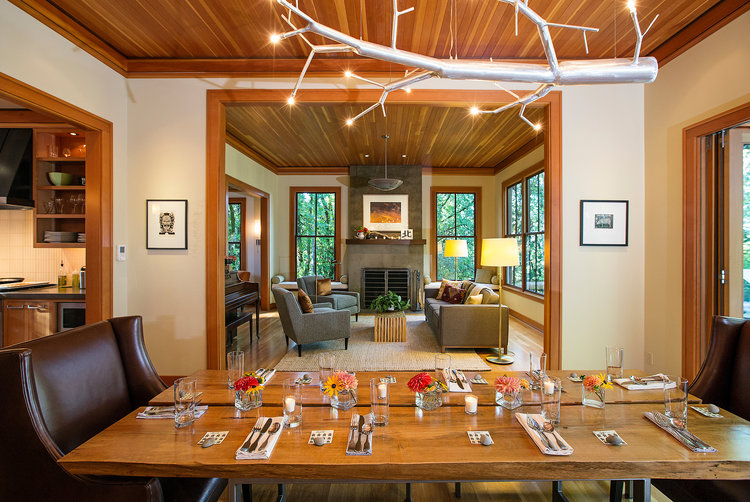
Inspired by local historic structures such as the WPA’s Timberline Lodge, a reverence was shown for indigenous materials and ultimate craftsmanship. Douglas Fir Windows, doors, ceilings and trim, Oregon White Oak flooring, Western Walnut accent details and Red Alder slab furniture from site harvested timber give warmth and richness. Tough porcelain tile flooring allows indoor finishes to seamlessly move into outdoor spaces. Naturally pigmented Portland cement plaster exterior cladding and zinc alloy roofing provide fire resistant durable envelope materials.
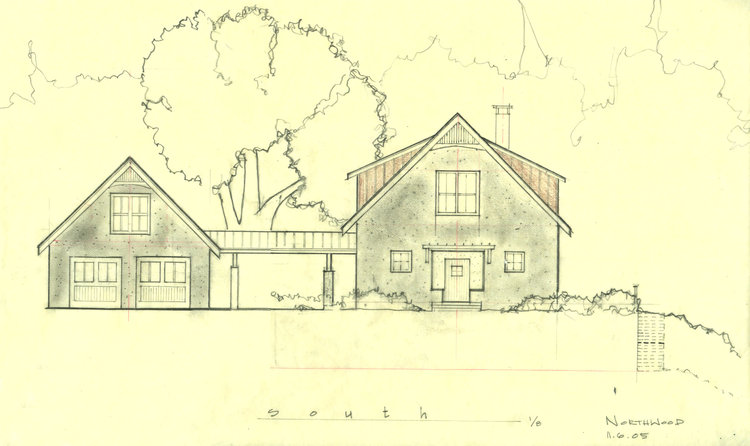
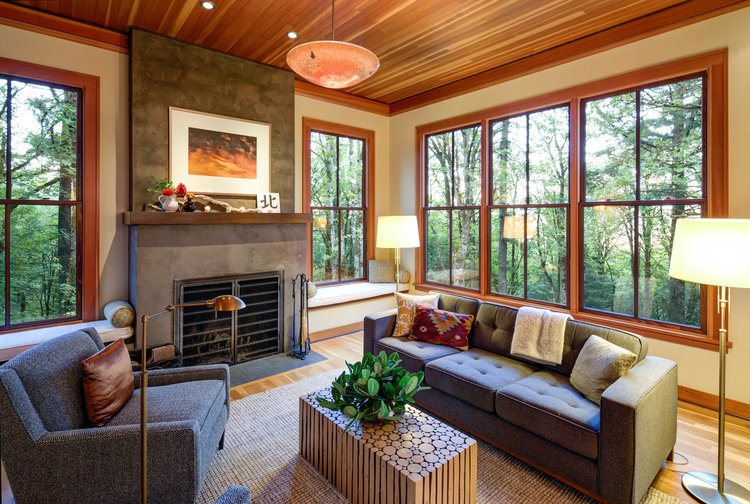
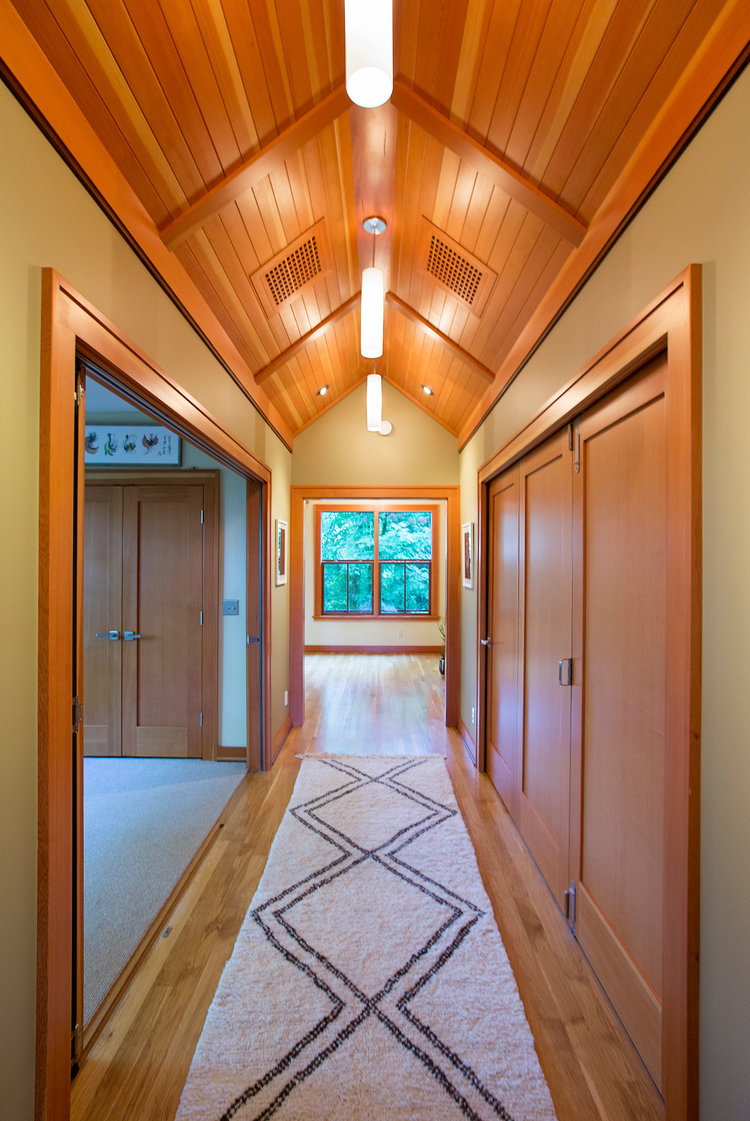
Rainwater management is among the most important considerations when creating a structure that will endure here. For this reason, heavy overhangs were incorporated and every exterior door was provided with substantial cover. The standing seam roof is detailed with no exposed fasteners and engineered to last a lifetime.
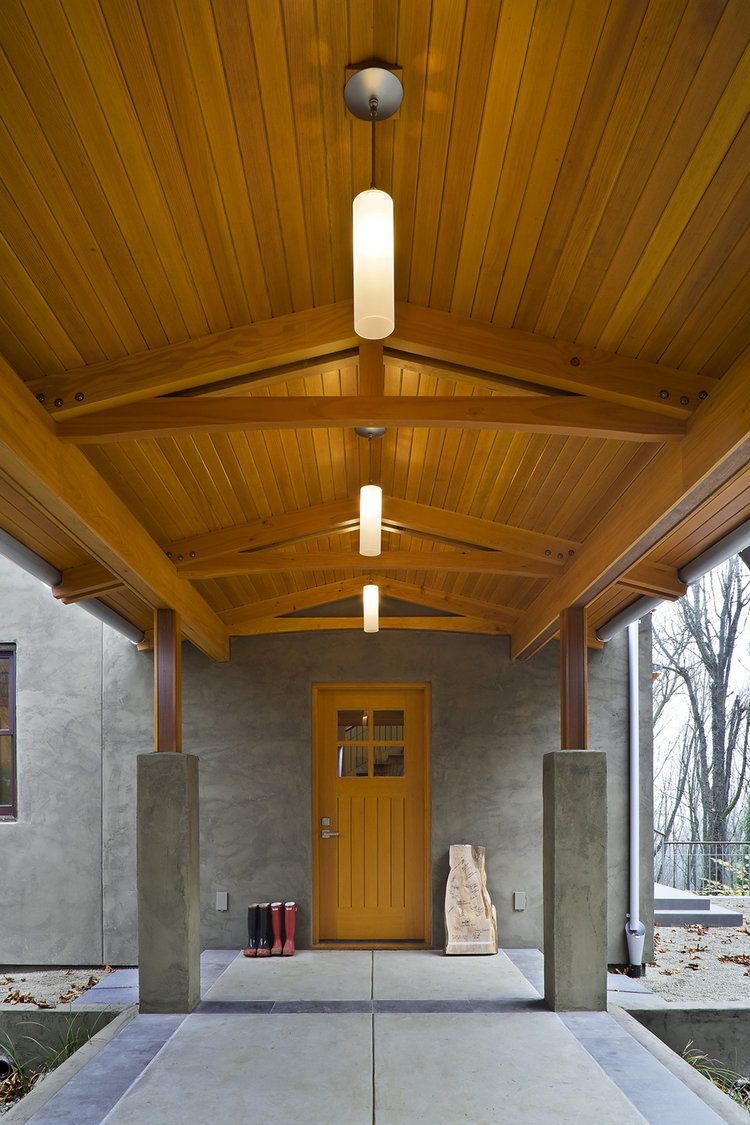
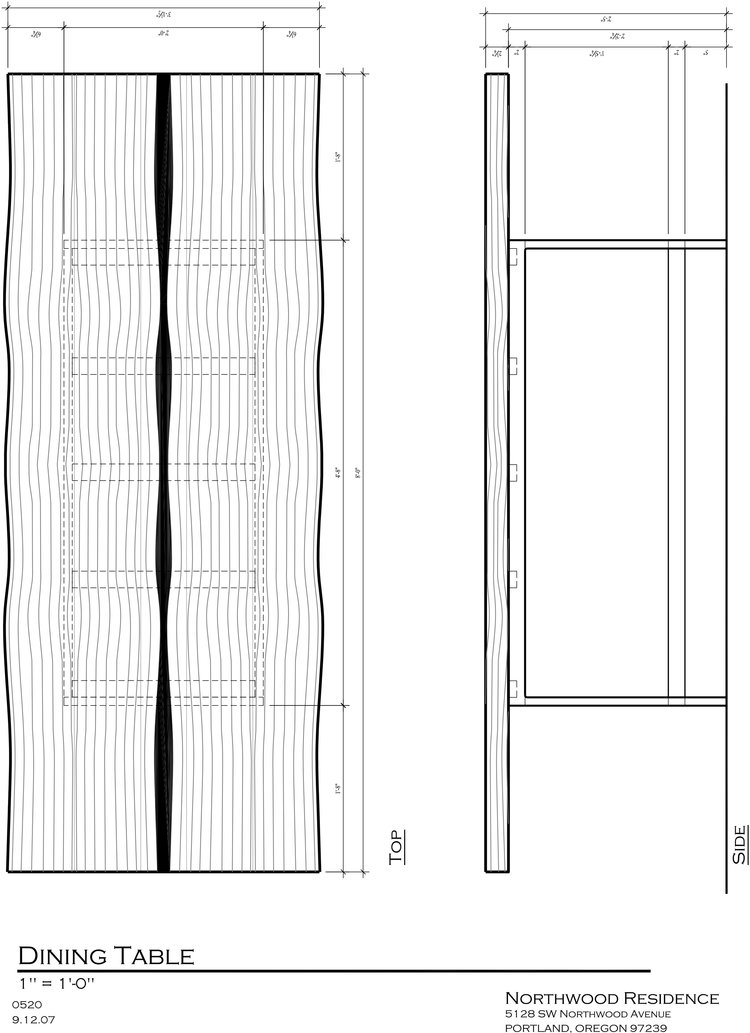
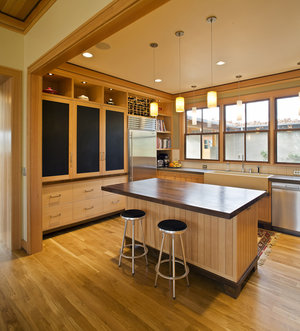
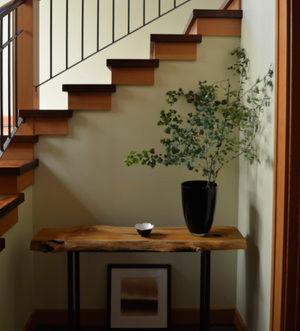
The simple box structure is composed to allow for a tapestry of overlapping spaces. Passing from the entry through a thick wood portal one enters the living and dining rooms where 12′ ceilings dominate the energy of the space, providing large openings into the surrounding forest. On the upper floor, the ridge line forms an organizing spine the length of the space. Folding doors create moveable walls that allow the east and west bedroom spaces to become one large room.
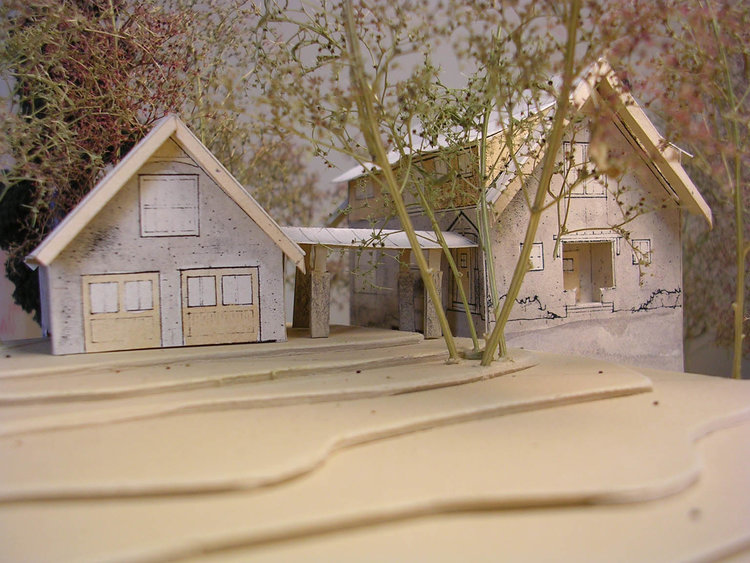
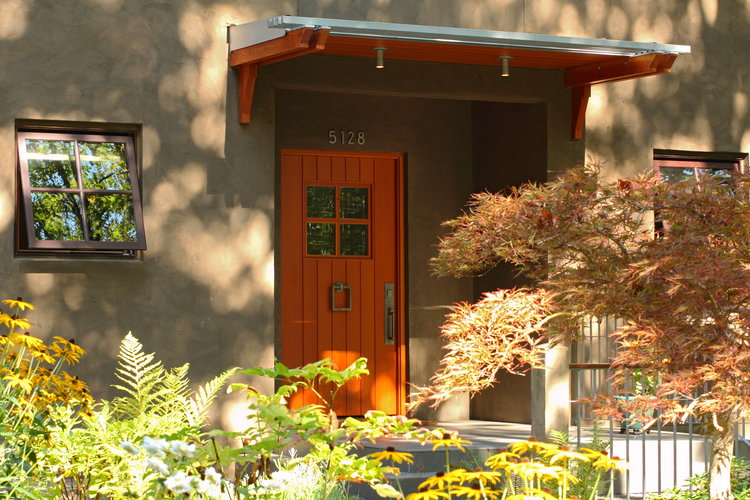
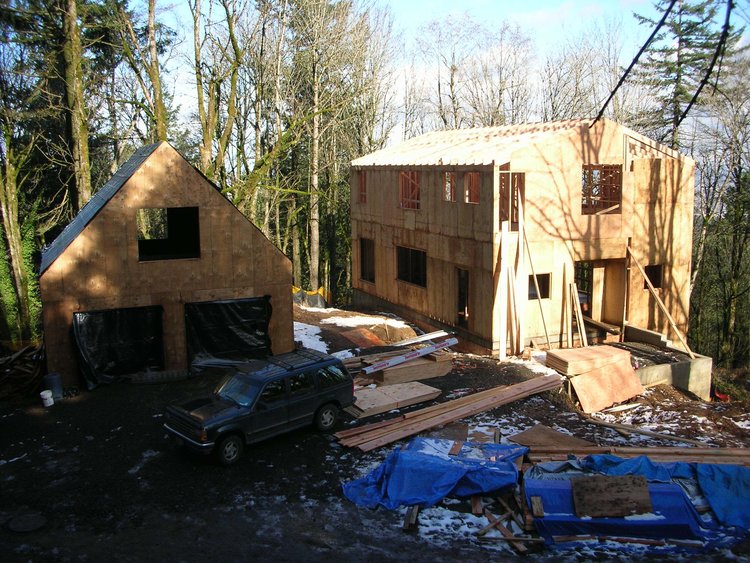
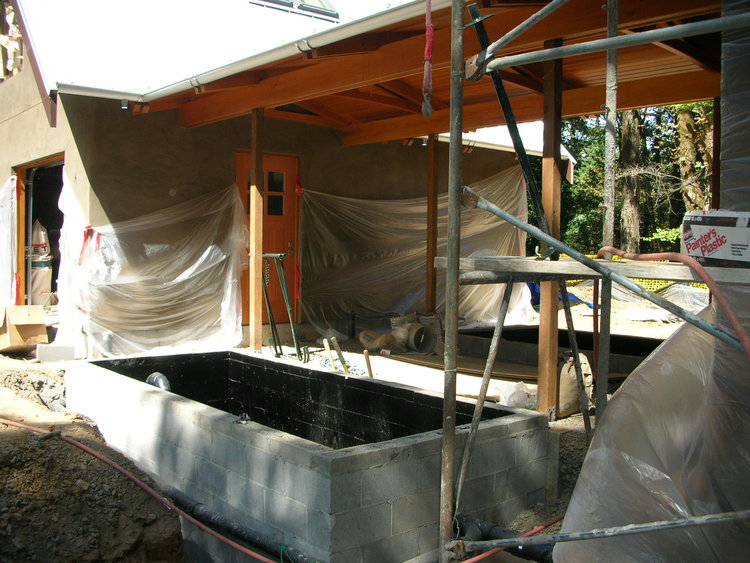
Almost 100% of the site landscaping is with native plants. This provides the best support for the native forest ecosystem and eliminates irrigation. Because there are no fences, the home blends into its surroundings allowing it to become part of the forest. The courtyard clearing between buildings creates a rich pocket within the forest that supports a dense concentration of wildlife, and balances space lost to the building footprint
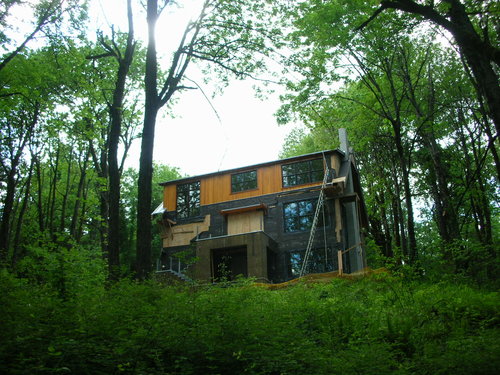
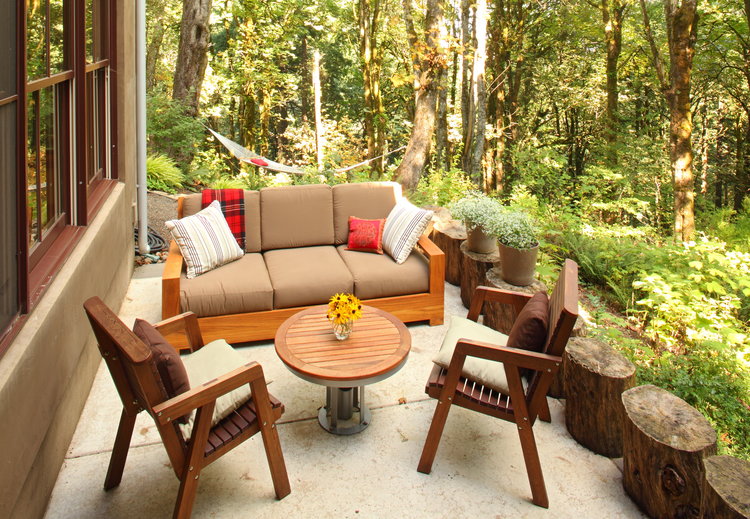
‘Building something that lasts’ is more than just durable materials and detailing. The focus for this project was to create a heritage home that could transcend style and evolve with future generations. The focus on site specific, regionally based design was a big part of that strategy. The ‘Green Build’ technology brought to the project by the LEED process is meant to be fully integrated into the home to the degree that it is not the character defining feature, but simply how the home is made.
